Today I’m reviewing the Voigtländer 50mm f/2 APO-Lanthar – an all manual lens for Sony E-Mount. In 2021, you wouldn’t think that fully manual lenses would be gaining much of a foothold in the photographic world, but Voigtländer has managed to create a wonderful line of E-Mount lenses that have been largely successful. I’m sure the sales numbers are nowhere near what the AF lenses are, but especially among enthusiasts, the high quality, compact size and exceptional build quality makes these Voigtländer lenses a treat to use.
I have owned several Voigtländer E-mount lenses, and have always enjoyed them for their wonderful physical and optical qualities. Voigtländer has made a name for itself by creating ultra-fast aperture primes, high quality macro lenses and an array of ultra-wide glass that is highly revered. The lens I’m reviewing today doesn’t fit into any of those categories.
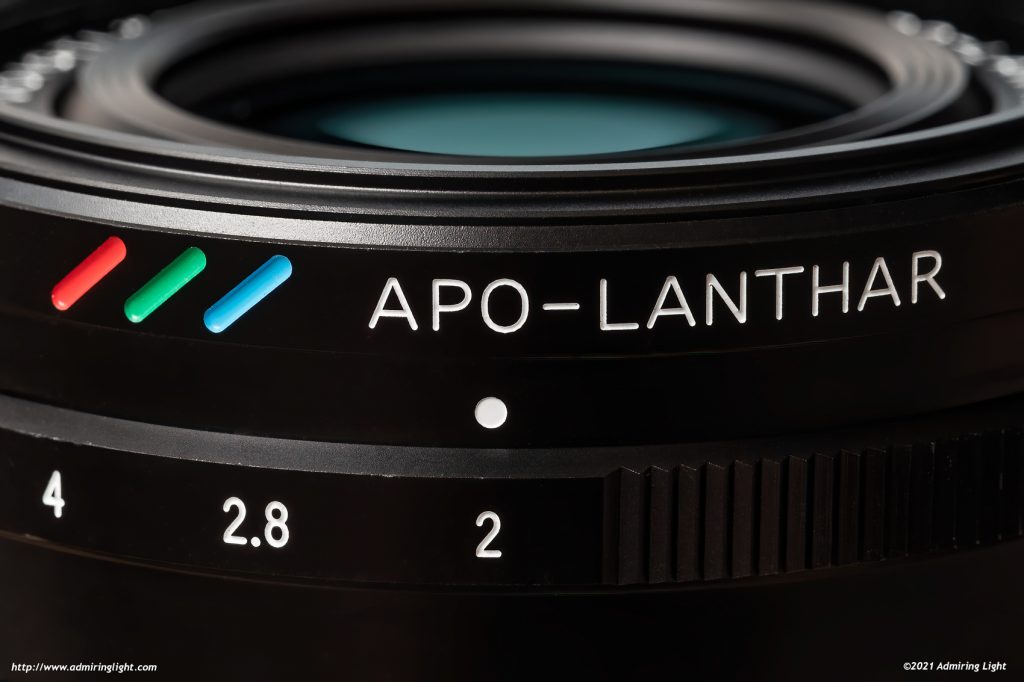
The Voigtländer 50mm f/2 APO-Lanthar is a compact normal prime with a modest maximum aperture. The design goal of this lens is simple: Pure image quality. Designed to meet the demands of ultra-high resolution sensors and with an apochromatic design, the 50mm f/2 APO-Lanthar is Voigtländer’s answer to Leica’s world renowned 50mm f/2 APO-Summicron-M, but at 1/8 the price.
Construction and Handling
The Voigtländer 50mm f/2 APO-Lanthar is a compact, all metal lens made for the Sony E-Mount, though they have since released a Leica M mount model that can be used on M mount rangefinders or adapted to a number of other mirrorless mounts.
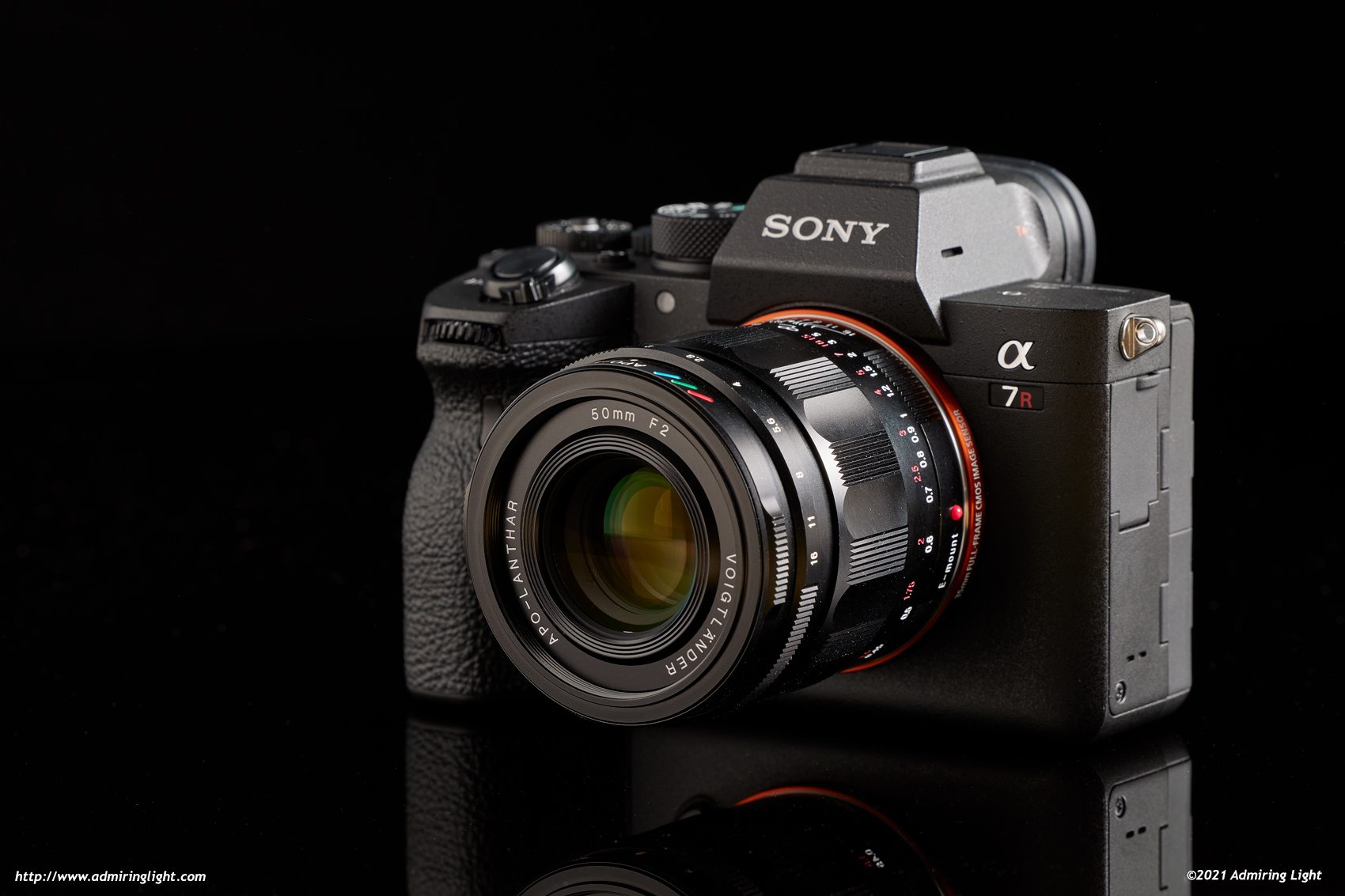
The lens is small – a bit smaller than the Zeiss 55mm f/1.8 – and fits right in with the rest of Voigtländer’s E-mount offerings. It’s constructed entirely of metal, with a black aluminum exterior construction. Everything is extremely tightly assembled, and despite the small size and modest maximum aperture, the lens is dense, though not heavy, at 364g. On the down side, the 50mm APO-Lanthar lacks weathersealing, like all Voigtländer lenses.
The broad scalloped focus ring moves smoothly and is well damped for a lovely manual focus feel. The aperture ring sits at the front of the lens and moves nicely with good damping and positive clicks at each 1/3 stop increment. The click positions are perfectly weighted; they are stiff enough to resist accidental changes, but not so stiff as to make operation clunky. If you are shooting video, the aperture ring can be de-clicked by rotating the front ring 180 degrees.
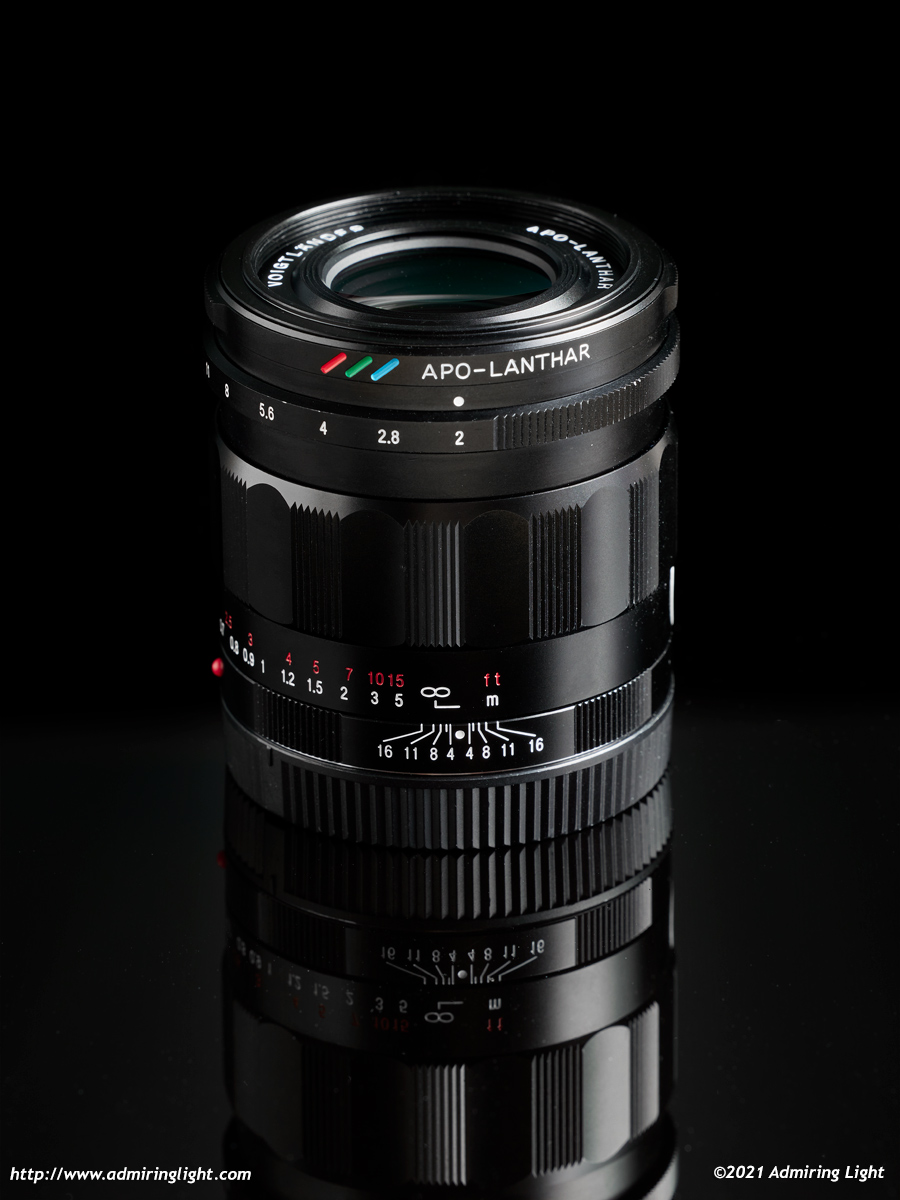
While the focus and aperture require fully manual operation, the lens does have contacts to interface with the camera, which allow for transmission of EXIF data (which is useful for the IBIS as well as keeping track of image settings later), and also can activate auto-magnification to make nailing focus easier.
The lens comes with a metal screw-in lens hood, though my review sample did not include that. I prefer to have my hoods be reversible, so chances are I’d end up leaving the hood for this in the box, like I did on the 40mm f/1.2, but it’s there and should provide some shading and protection for the front element.
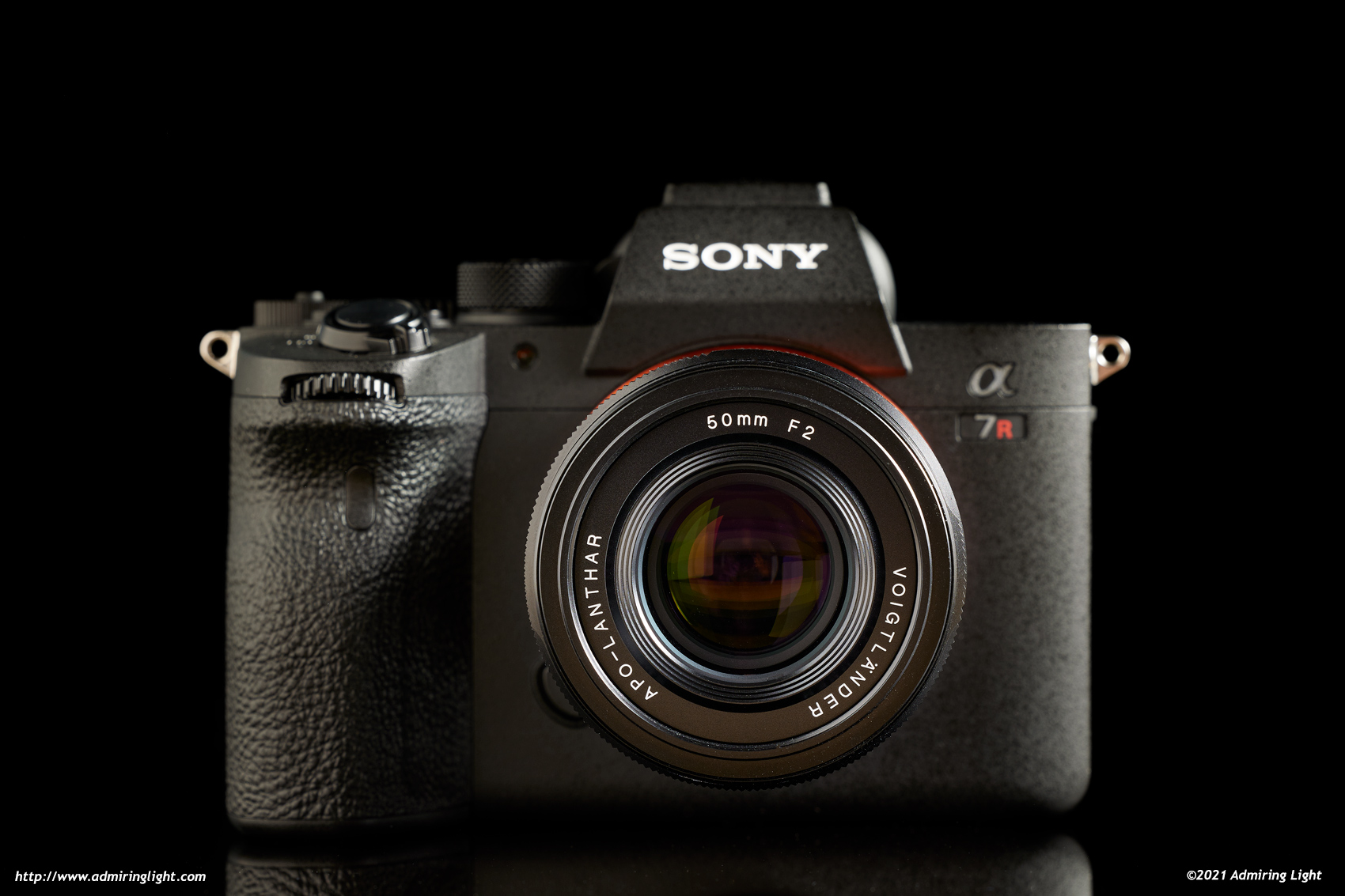
While the lens lacks any autofocus, I found manual focus with the lens rather easy due to the auto-magnification and the high image sharpness and contrast, even at f/2.

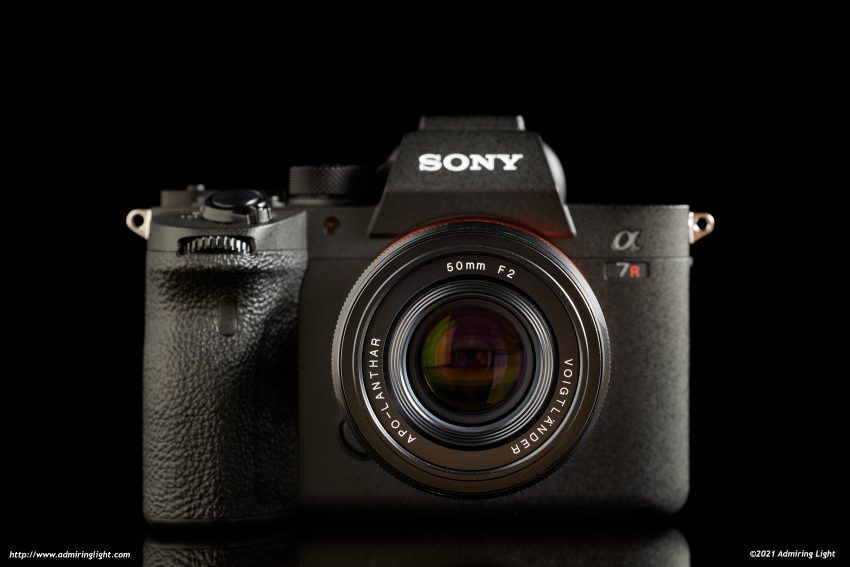
I found manual focussing a bit of an issue with its focus throw and the way my A7C works. The focus peaking with A7C was inaccurate and magnification a bit fiddly as you need a few presses before the view returns to normal after magnification. I have removed automagnification and set the video record button to magnify. While I do that, bringing to normal view then takes a couple of additional presses.
Hi Jordan, please ignore my previous comment. It is not a big problem. Anyway, I want to ask you between this and the 40/1.2 which reviewed before which one would you recommend? I am trying the 50 APO at the time but tempted by the f1.2 of the 40mm.
They are two very different lenses. The 50 APO is optically near perfect, as I’m sure you’ve noticed in your use. The 40mm definitely has more character. Stopped down, the 40mm is quite sharp across the frame, but never reaches 50 APO resolution at the edges. Bokeh has a bit more character as well, and there’s some CA on the 40mm also.
With all that said, the 40/1.2 is one of my all time favorite lenses, and for my own use, I would pick the 40mm. It’s got a wonderful character and rendering at f/1.2, and becomes quite sharp and good for landscape use stopped down. It’s not as technically good as the 50 APO, but it speaks to me more. Alas, I had to let my copy go, as I recently switched over to Canon RF, but I am contemplating buying the M mount version for use on my R5 and R6.
Curious if you ever tried the m mount cv 40mm 1.2 on the eos r5? I’m thinking of getting one for the eos r but can’t find much info on the combination. Also curious if there is a m-rf adapter you have used/recommend?
I have not tried the M mount on my R5. I owned the E mount version for several years when I was shooting Sony. I have heard that the 40/1.2 M mount performs essentially identically to the E mount version on mirrorless cameras, but can’t verify that first hand. I do hope to perhaps pick one up for my R5 eventually.
The only M to RF adapter I’ve used is the cheap Fotasy one from Amazon, and I’m using it with the 7Artisans 50/1.1. It seems to work quite well, but I don’t think that lens is particularly sensitive to small changes in register.
Good stuff – thanks for the information!
I have both the 50mm f2 APO and the 40mm f1.2. Both are outstanding. The 50 is sharper and more consistent through the stops with a more modern look. The 40 is sharp at f2.8+ and somewhat funky (classic look) at f1.2 to f2.0. The 40 is my standard go to lense.
Those are some very beautiful images! I have the 35 1.2 and I love it on my Z7 and the APSC Zfc, now also considering the 35 & 50 APO lenses, they are sharper and consistent as many have mentioned already.
Great review 🙂
It’s a wonderful lens but the lack of weather sealing means it often stays in the bag or at home. For rain and snow, seashore salty mist, and blowing sand I prefer my well sealed Zeiss Batis 40 CF. The Batis 40 is also a pleasure to use.
To focus closer with the Voigtlander 50 APO I add a Marumi 3 diopter Achromat magnifying filter. The Batis already focus closely. An alternative is the Voigtlander 65 APO, but it is heavy and its barrell exposes a lot of surface to draw in dirt when extended for close focus. Wildflower pollen is sticky stuff.